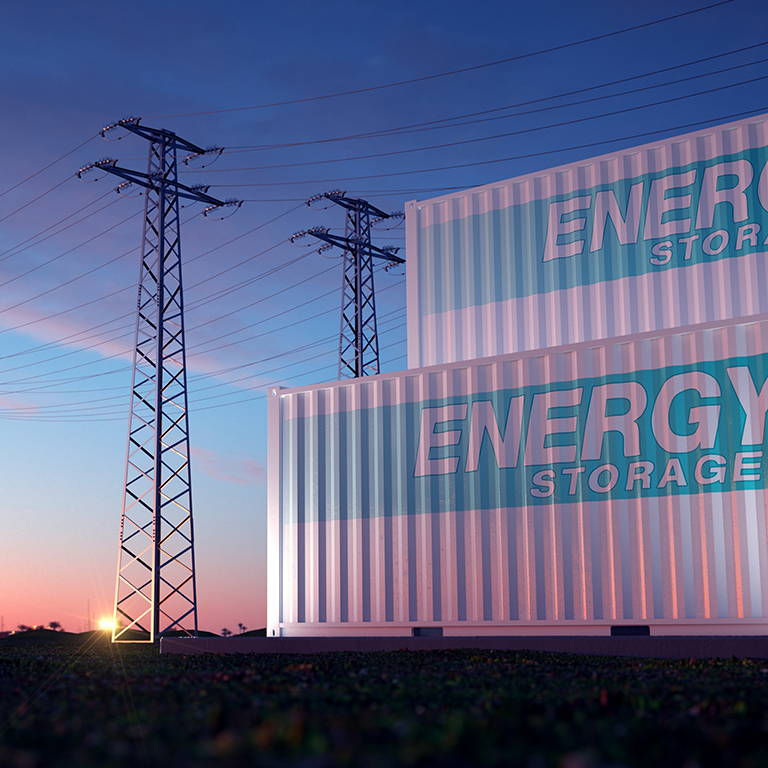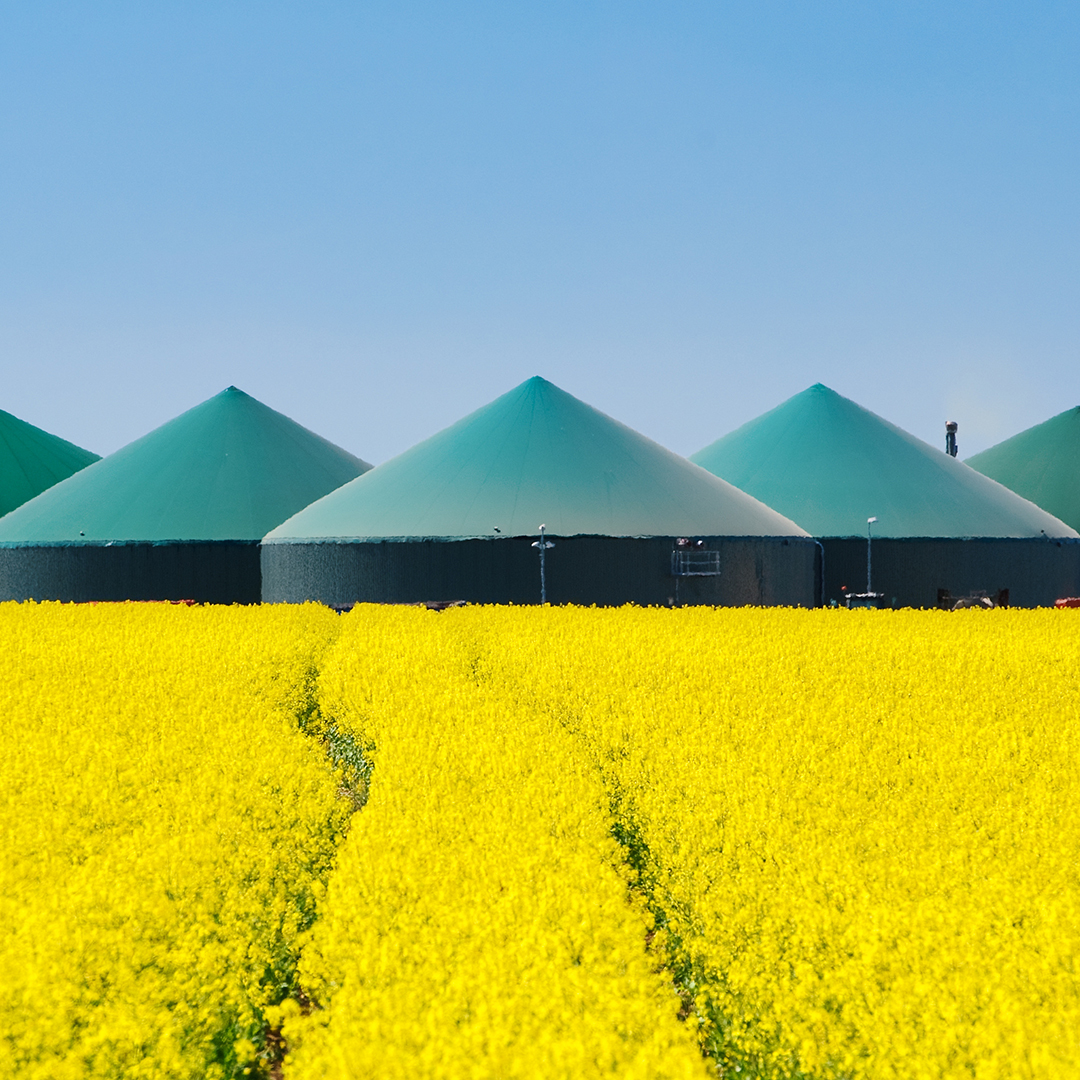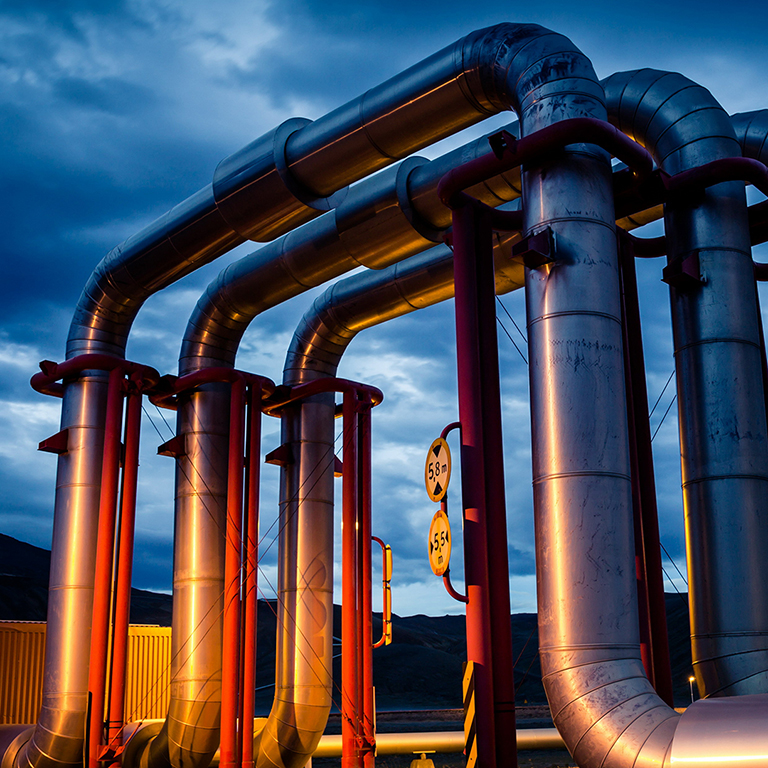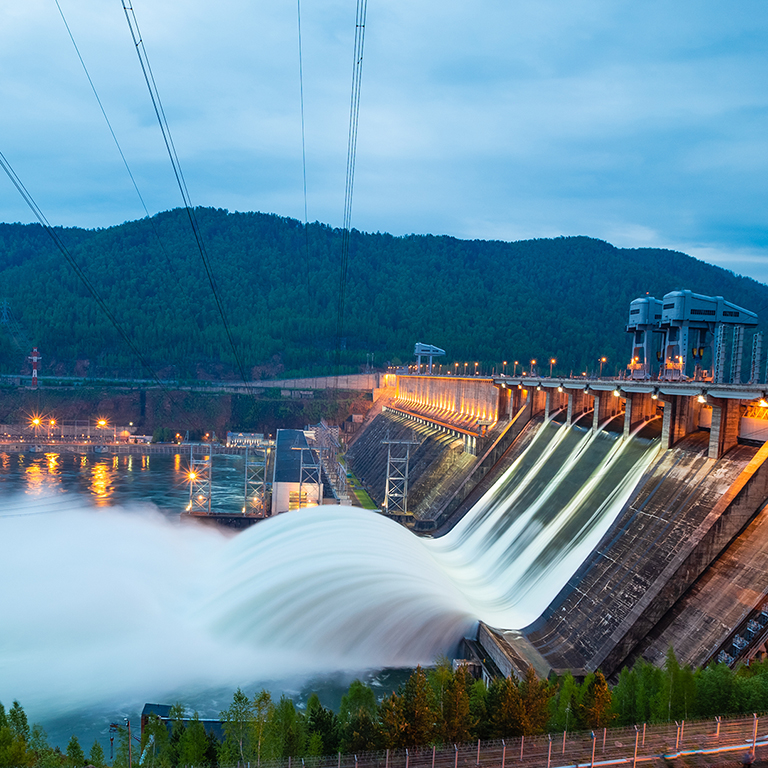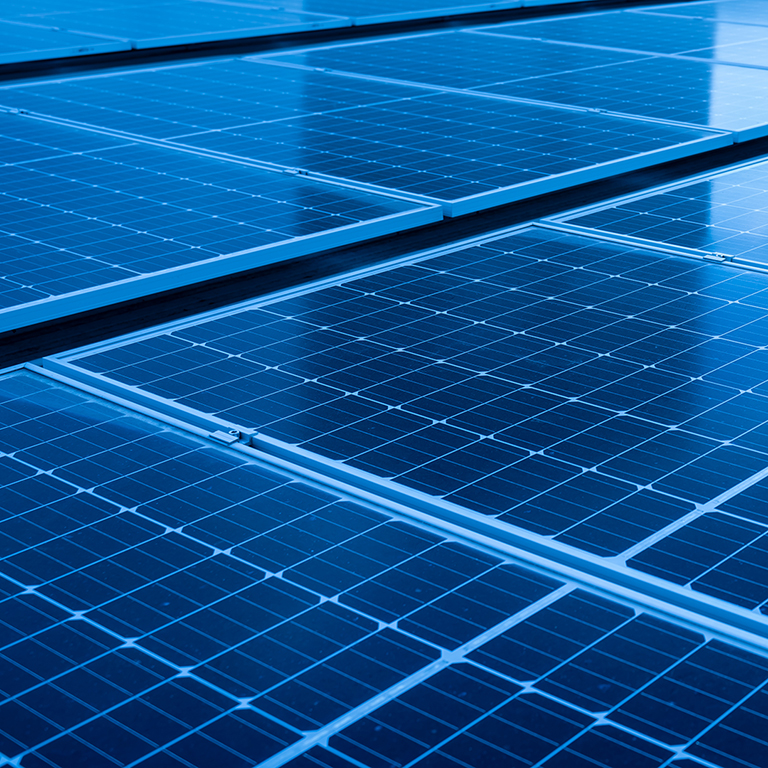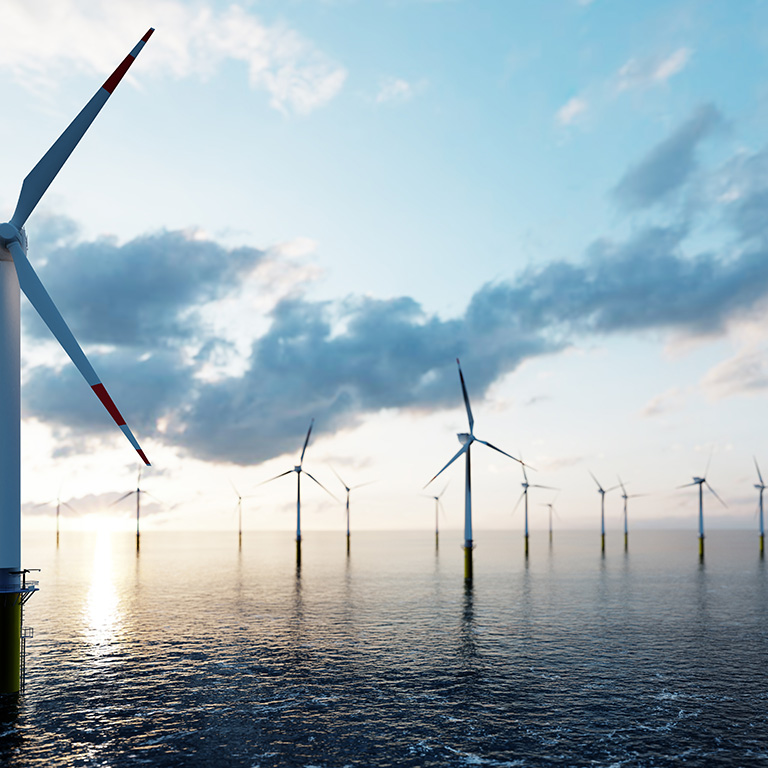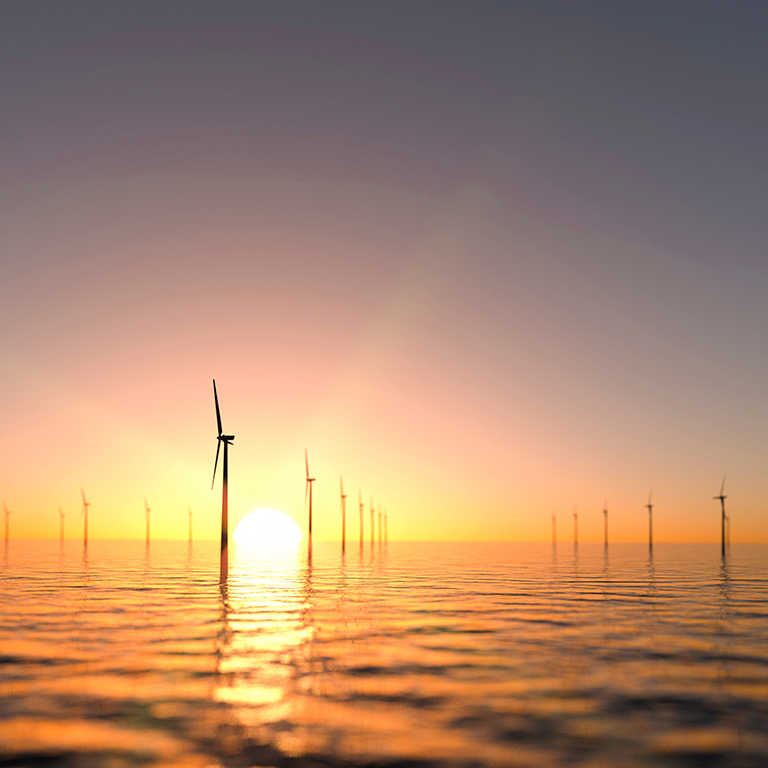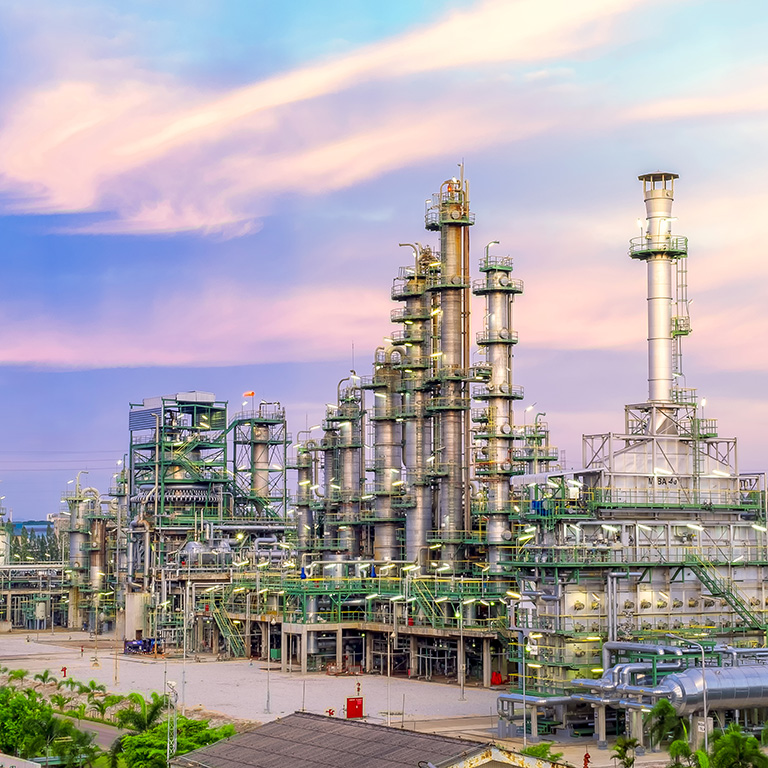Wind energy is forecast to become the world’s leading energy source by 2050, providing more than one-third of the planet’s electricity needs. Improving technology and economies of scale will continue to reduce the costs of wind power, positioning it to lead the global electricity sector transition.
The primary risk considerations for investors and insurance markets include:
- Technology scale-up. Wind turbine technology is still evolving. Manufacturing often lags behind demand, and primary construction components and replacement parts for maintenance may require longer lead times.
- Weather and environmental exposures. Windfarms are most affected by windstorm and lightning. Extreme weather or a natural catastrophe event can damage turbines or expose weaknesses of lightning protection systems.
- Location. Land availability for onshore installations is increasingly scarce and developers are progressively locating their projects in unfamiliar or remote environments. This can mean:
- Exposure to more frequent extreme weather or natural catastrophe events
- Challenging site access and transport logistics
- Limited availability of local contractors
- Higher construction costs
- Maintenance. Servicing and maintenance programs are critical to manage long-term risk issues for aging assets.
- Contractor risks. Increasing demand for experienced contractors may lead to challenges in balancing project costs and the availability of labour. The claims history of chosen contractors can impact the insurability of a project or even policy deductibles and premiums.


